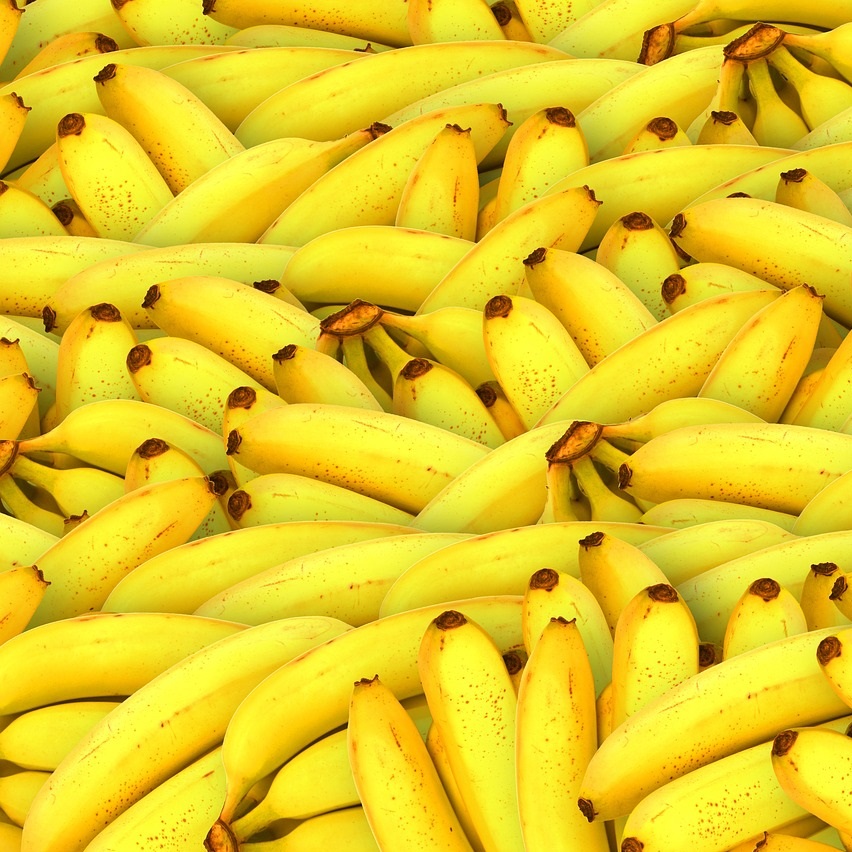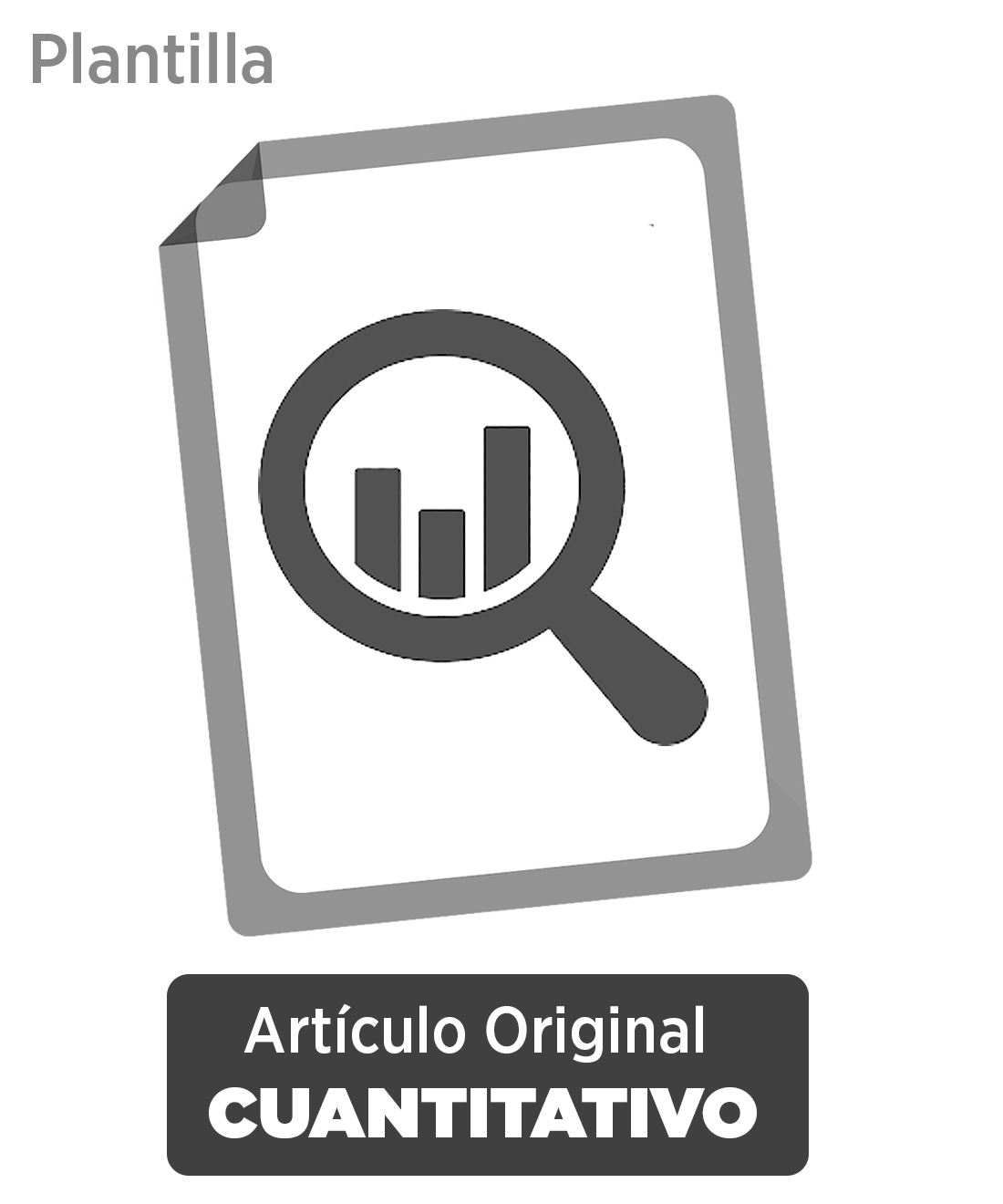Procesamiento de imágenes para la detección de la madurez del fruto: una revisión sistemática
DOI:
https://doi.org/10.37711/repiama.2025.2.1.3Palabras clave:
agricultura automatizada, agricultura inteligente, visión artificial, inteligencia artificial, análisis digitalResumen
El presente estudio ofrece una revisión sistemática sobre la detección de la madurez en frutos mediante el uso de Inteligencia Artificial (IA). Para ello se seleccionaron 15 artículos originales de la base de datos Scopus durante el periodo 2019 y 2024. Se evaluaron múltiples aspectos incluyendo los frutos estudiados, las características físicas consideradas, los algoritmos de IA empleados, su precisión y los desafíos enfrentados. Se encontró que, aunque la manzana es el fruto más investigado, otros como la naranja, el tomate y la fresa también reciben atención significativa. La coloración y textura emergen como indicadores primordiales de madurez, respaldados por el uso común de algoritmos como CNN, SVM Y ANN que muestran altos niveles de precisión. Sin embargo, persisten desafíos como la variabilidad en las características de los frutos y la falta de datos etiquetados de calidad. Además, se identifican preocupaciones éticas y sociales relacionadas con la automatización agrícola. Se destacan áreas clave para futuras investigaciones como la mitigación de la variabilidad en las características de los frutos, la mejora de la calidad de los datos y la comprensión del comportamiento de los modelos de IA.
Descargas
Referencias
Chmaj, G., Sharma, S., & Selvaraj, H. (2021). Automated Agron-omy: Evaluation of Fruits Ripeness Using Machine Learn-ing Approach (pp. 183–191). https://doi.org/10.1007/978-3-030-65796-3_17
Gupta, A. K., Medhi, M., Chakraborty, S., Yumnam, M., & Mishra, P. (2021). Development of rapid and non-destruc-tive technique for the determination of maturity indices of pomelo fruit (Citrus grandis). Journal of Food Measure-ment and Characterization, 15(2), 1463–1474. https://doi.org/10.1007/s11694-020-00734-4
Hu, B., Sun, D.-W., Pu, H., & Wei, Q. (2019). Recent advances in detecting and regulating ethylene concentrations for shelf-life extension and maturity control of fruit: A review. Trends in Food Science & Technology, 91, 66–82. https://doi.org/10.1016/j.tifs.2019.06.010
Hyun Cho, W., Kyoon Kim, S., Hwan Na, M., & Seop Na, I. (2021). Fruit Ripeness Prediction Based on DNN Feature Induction from Sparse Dataset. Computers, Materials & Continua, 69(3), 4003–4024. https://doi.org/10.32604/cmc.2021.018758
Kitchenham, B., & Charters, S. (2007). Guidelines for perform-ing Systematic Literature Reviews in Software Engineer-ing. Keele University y University of Durham. https://lega-cyfileshare.elsevier.com/promis_misc/525444systematicreviewsguide.pdf
Lai, J. W., Ramli, H. R., Ismail, L. I., & Wan Hasan, W. Z. (2023). Oil Palm Fresh Fruit Bunch Ripeness Detection Methods: A Systematic Review. Agriculture, 13(1), 156. https://doi.org/10.3390/agriculture13010156
Ljubobratovic, D., Guoxiang, Z., Brkic Bakaric, M., Jemric, T., & Matetic, M. (2020). Predicting Peach Fruit Ripeness Us-ing Explainable Machine Learning (pp. 0717–0723). https://doi.org/10.2507/31st.daaam.proceedings.099
Olisah, C. C., Trewhella, B., Li, B., Smith, M. L., Winstone, B., Whitfield, E. C., Fernández, F. F., & Duncalfe, H. (2024). Convolutional neural network ensemble learning for hy-perspectral imaging-based blackberry fruit ripeness detec-tion in uncontrolled farm environment. Engineering Appli-cations of Artificial Intelligence, 132, 107945. https://doi.org/10.1016/j.engappai.2024.107945
Rani, N., Bamel, J. S., Garg, S., Shukla, A., Pathak, S. K., Singh, R. N., Singh, N., Gahlot, S., & Bamel, K. (2023). Linear mathematical models for yield estimation of baby corn (Zea mays L.). Plant Science Today. https://doi.org/10.14719/pst.2618
Sahu, P., Singh, A. P., Chug, A., & Singh, D. (2022). A System-atic Literature Review of Machine Learning Techniques Deployed in Agriculture: A Case Study of Banana Crop. IEEE Access, 10, 87333–87360. https://doi.org/10.1109/ACCESS.2022.3199926
Sumathi, K., & Vinod, V. (2022). Classification of fruits ripe-ness using CNN with multivariate analysis by SGD. Neural Network World, 32(6), 319–332. https://doi.org/10.14311/NNW.2022.32.019
Xiao, B., Nguyen, M., & Yan, W. Q. (2023). Fruit ripeness iden-tification using YOLOv8 model. Multimedia Tools and Ap-plications, 83(9), 28039–28056. https://doi.org/10.1007/s11042-023-16570-9
Zhang, W. (2023). A Fruit Ripeness Detection Method using Adapted Deep Learning-based Approach. International Journal of Advanced Computer Science and Applications, 14(9). https://doi.org/10.14569/IJACSA.2023.01409121
Zhong, Y., Chen, C., Nawaz, M. A., Jiao, Y., Zheng, Z., Shi, X., Xie, W., Yu, Y., Guo, J., Zhu, S., Xie, M., Kong, Q., Cheng, F., Bie, Z., & Huang, Y. (2018). Using rootstock to increase watermelon fruit yield and quality at low potassium supply: A comprehensive analysis from agronomic, physiological and transcriptional perspective. Scientia Horticulturae, 241, 144–151. https://doi.org/10.1016/j.scienta.2018.06.091

Publicado
Número
Sección
Licencia
Derechos de autor 2025 Richard Injante, Gian Rios-Trigoso, Segundo Ramírez-Shupingahua, Katterine Tejada Shupingahua (Autor/a)

Esta obra está bajo una licencia internacional Creative Commons Atribución 4.0.




